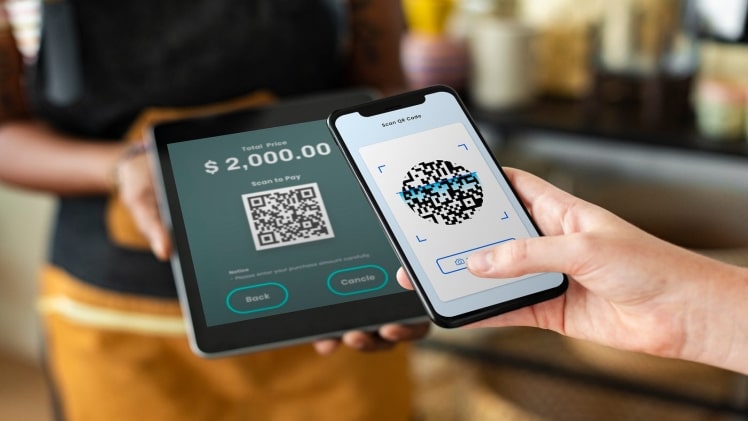In the ever-evolving sphere of finance, digital payments have become the cornerstone of modern transactions. With technological advancements shaping how people handle money, it’s crucial to delve into the dynamic landscape of digital payments. From mobile wallets to cryptocurrencies and the modern crypto visa card, each avenue offers unique benefits and challenges, paving the way for a future where convenience and security reign supreme.
Mobile Wallets
Mobile wallets have revolutionised how people make purchases, offering a seamless and convenient alternative to traditional payment methods. With just a few taps on your smartphone, you can complete transactions swiftly, eliminating the need for physical cash or cards.
One of the key advantages of mobile wallets is their accessibility. Whether at a brick-and-mortar store or shopping online, you can easily make payments without carrying bulky wallets or remembering multiple PINs. Mobile wallets often come with built-in security features such as fingerprint authentication and encryption, safeguarding your financial information from potential threats.
Cryptocurrencies
Cryptocurrencies have garnered significant attention in recent years, emerging as a decentralised alternative to traditional currencies. Powered by blockchain technology, cryptocurrencies offer a secure and transparent way to conduct transactions, free from the constraints of central banks or government regulations.
Bitcoin, Ethereum, and other digital assets have gained widespread acceptance, with increasing merchants and businesses now accepting crypto payments. The appeal of cryptocurrencies lies in their borderless nature, allowing for seamless cross-border transactions without hefty fees or delays. This convenience is further enhanced by innovations like the Bybit card, which enables users to easily spend their digital assets in everyday transactions, bridging the gap between crypto and traditional finance.
While the volatility of cryptocurrencies remains a concern for some, advancements in blockchain technology aim to address these issues, making digital assets a viable option for everyday transactions. Stablecoins like Tether, whose price is pegged to the US dollar, offer a reliable medium of exchange with minimal price fluctuations compared to other cryptocurrencies. For instance, the USDT price has historically remained very close to $1 USD.
Traditional Banking Systems
Despite the proliferation of digital payment methods, traditional banking systems continue to play a vital role in the financial ecosystem. With established infrastructure and regulatory frameworks in place, banks offer stability and reliability for individuals and businesses alike.
Traditional financial institutions provide a familiar and trusted avenue for conducting transactions from credit cards to online banking platforms. While they may lack the cutting-edge features of mobile wallets or cryptocurrencies, banks prioritise security and consumer protection, ensuring peace of mind for their customers.
The Emergence of Crypto Visa Cards
In recent years, the integration of cryptocurrencies into mainstream finance has led to the rise of the crypto Visa card. These cards bridge the gap between digital assets and traditional payment networks, allowing users to spend their crypto holdings at millions of merchants worldwide.
These Visa cards function much like regular debit or credit cards, enabling seamless online and offline transactions. However, instead of fiat currency, these cards are linked to cryptocurrency wallets, allowing users to convert their digital assets into fiat at the point of sale.
One of the critical advantages of crypto cards is their versatility. Whether you’re buying groceries or booking flights, you can use your crypto holdings to make purchases without the hassle of converting them beforehand. Many of these cards offer perks, such as cashback rewards and enhanced security features, making them an attractive option for crypto enthusiasts.
As you navigate the ever-changing landscape of digital payments, it’s clear that the future holds immense potential for innovation and growth. From mobile wallets to cryptocurrencies, each method offers its own benefits and challenges, shaping how folks conduct transactions in the digital age. One thing is sure: the future of digital payments is bright, promising unparalleled convenience and security for consumers worldwide.


